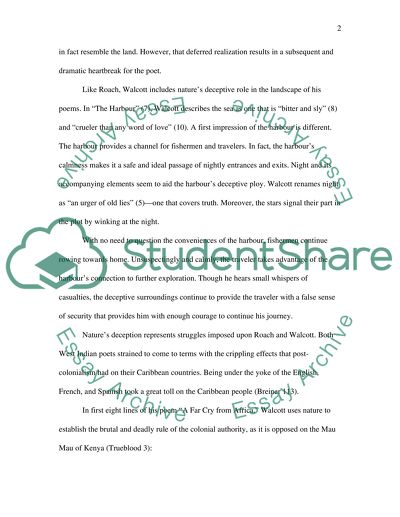Cite this document
(“Poems from Other Cultures and Traditions Essay Example | Topics and Well Written Essays - 2500 words”, n.d.)
Retrieved from https://studentshare.org/miscellaneous/1515086-poems-from-other-cultures-and-traditions
Retrieved from https://studentshare.org/miscellaneous/1515086-poems-from-other-cultures-and-traditions
(Poems from Other Cultures and Traditions Essay Example | Topics and Well Written Essays - 2500 Words)
https://studentshare.org/miscellaneous/1515086-poems-from-other-cultures-and-traditions.
https://studentshare.org/miscellaneous/1515086-poems-from-other-cultures-and-traditions.
“Poems from Other Cultures and Traditions Essay Example | Topics and Well Written Essays - 2500 Words”, n.d. https://studentshare.org/miscellaneous/1515086-poems-from-other-cultures-and-traditions.


